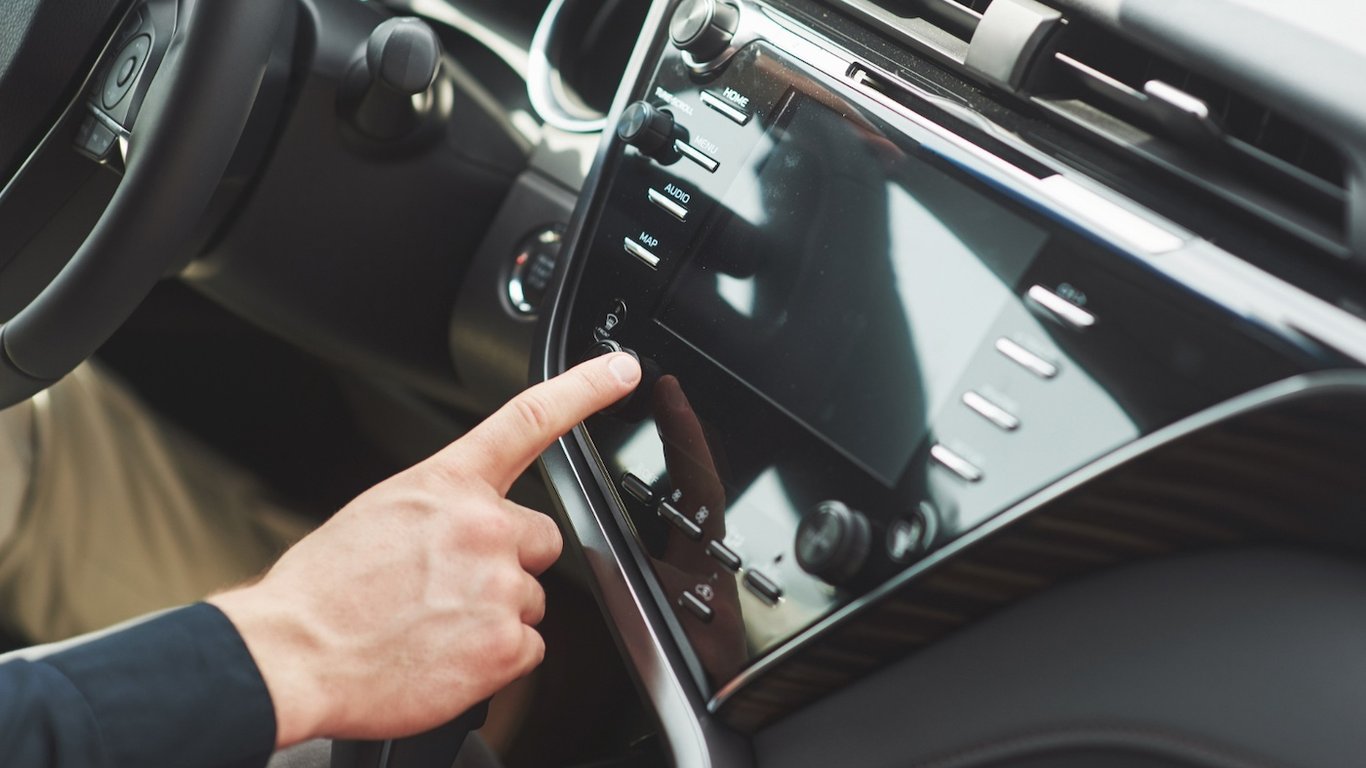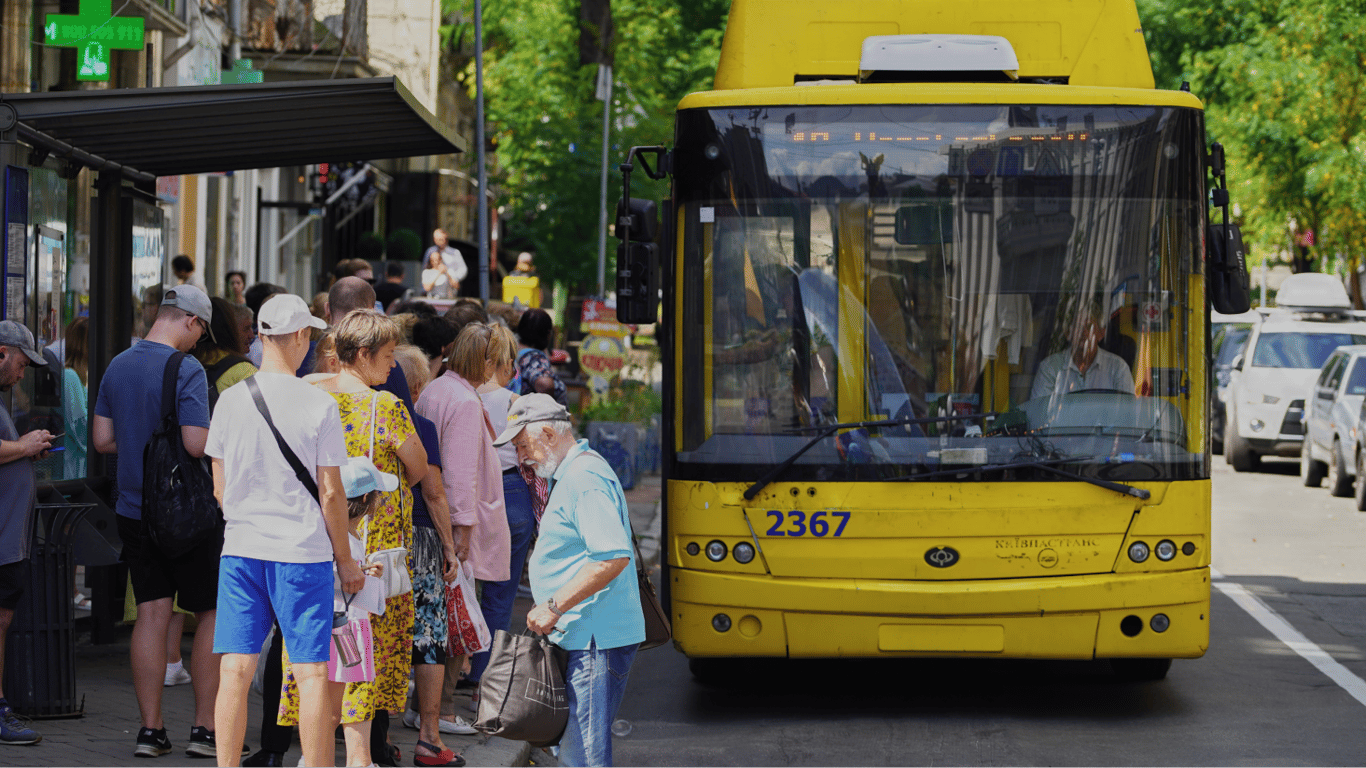How to Check Euro Authenticity: 10, 50, 100, and 500 Euros.

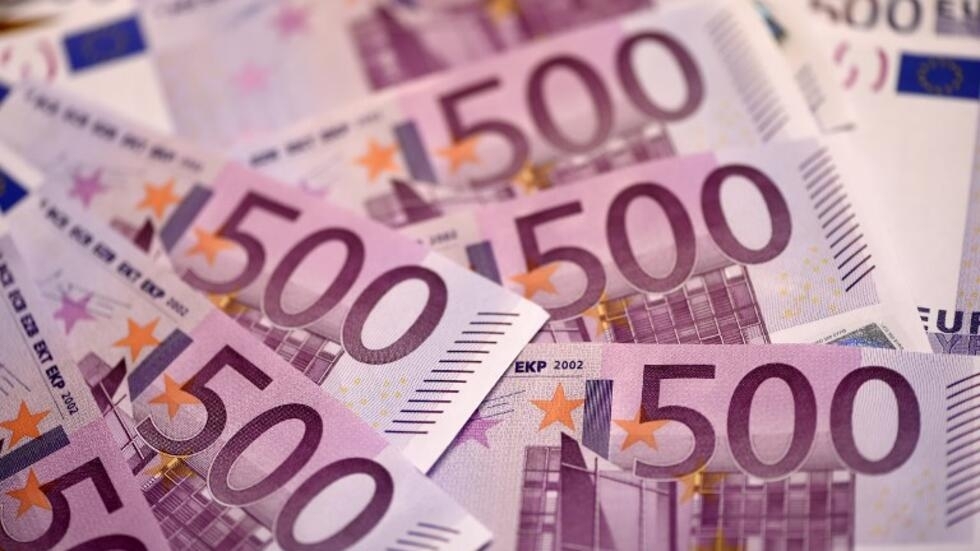
Counterfeiting money is not as rare as it may seem. Counterfeiters have always existed and will continue to do so. Therefore, understanding how to check the authenticity of euros is essential for everyone who deals with foreign currency. Moreover, it is widely used in Ukraine.
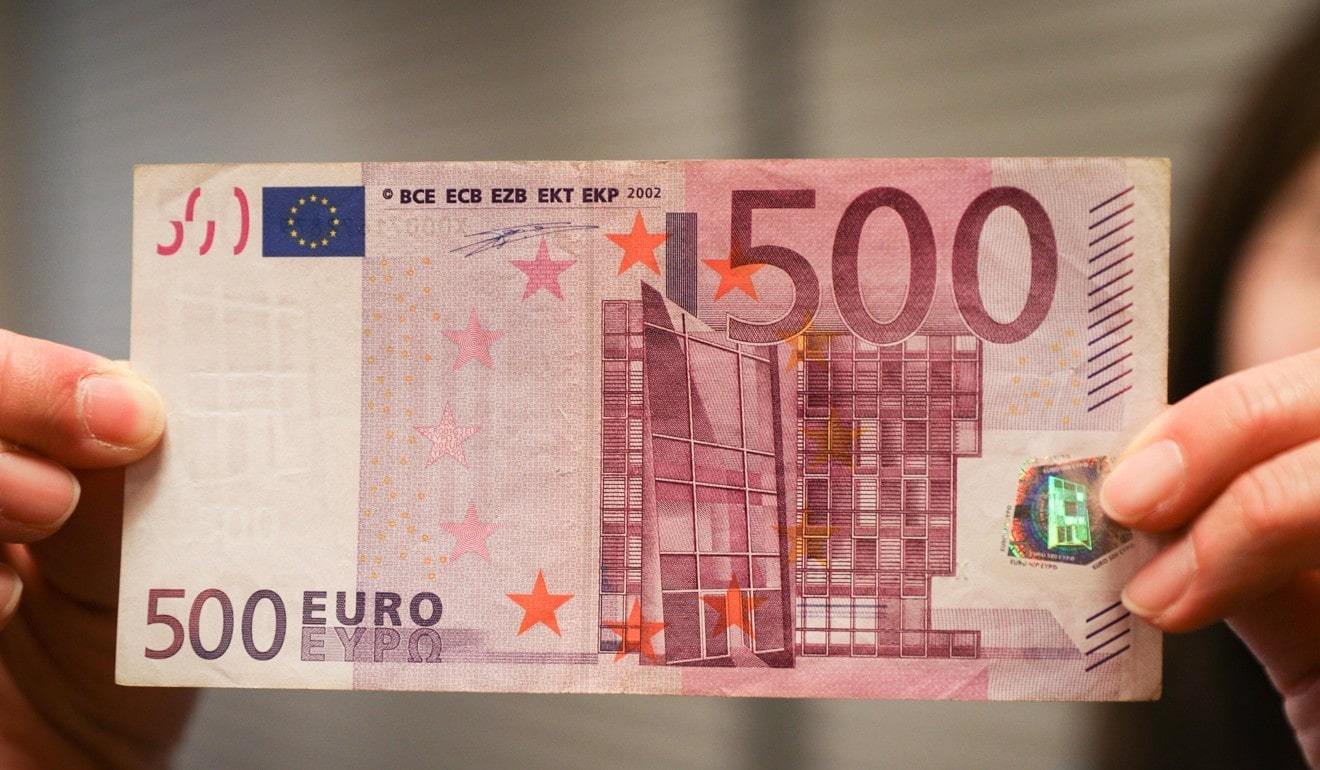
Knowing how to check euros for authenticity at home is also important for those who buy such currency from exchange offices rather than banks. Purchasing currency under such conditions carries a high risk, which should be taken into consideration. It is also useful to study how to verify euro authenticity before making a significant purchase if the payment is made in foreign currency.
How to Check if Euros are Real?
There may often arise a need to check euros. This usually concerns 50 euro or 100 euro notes. These are the most popular denominations for purchases and counterfeit notes.
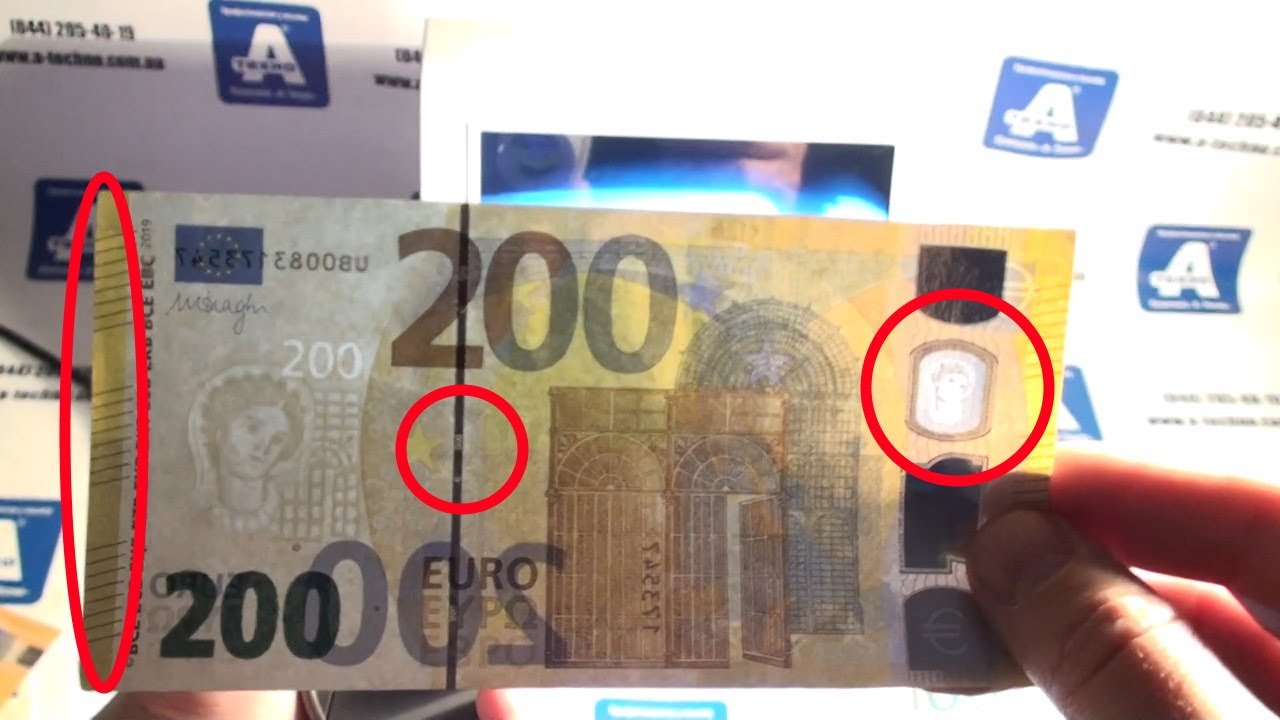
So, how to check the authenticity of euros with denominations from 10 to 500 euros:
-
Visual Inspection. This is the first thing to do. Watermark: hold the banknote up to the light. The watermark should be clearly visible on the unlit side of the banknote. Hologram stripe: when tilting the banknote, a hologram showing the denomination or euro symbol should appear on the holographic stripe.
-
Paper Check. Raised elements: touch the banknote. The main images, inscriptions, and denomination should be noticeably raised.
-
UV Check (Ultraviolet Lamp). Paper reaction: the paper should remain dark, and the fibers embedded in the paper should glow in three colors (red, blue, green). Design elements: certain design elements on the banknote should glow under ultraviolet light (e.g., EU flag, parts of the map, and stars).
-
Magnetic Ink. Some elements of the banknote, such as the denomination, are printed with magnetic ink that can be checked with a special detector.
-
IR Check (Infrared Light). Under infrared light, only certain elements of the banknote are visible, while others remain invisible.
-
Luminescence of Elements. Euro banknotes contain luminescent threads that become visible under a UV lamp. Also, under ultraviolet lighting, the security stripe should glow green.
If you have a magnifying glass handy, you can conduct another test. Using the magnifying glass, you can see fine print that should be clear and legible. On counterfeits, such inscriptions are often blurred or unreadable. If you have a bit more Time, you can check the serial number. Each banknote has a unique serial number that can be verified against a database if there are suspicions of counterfeiting.
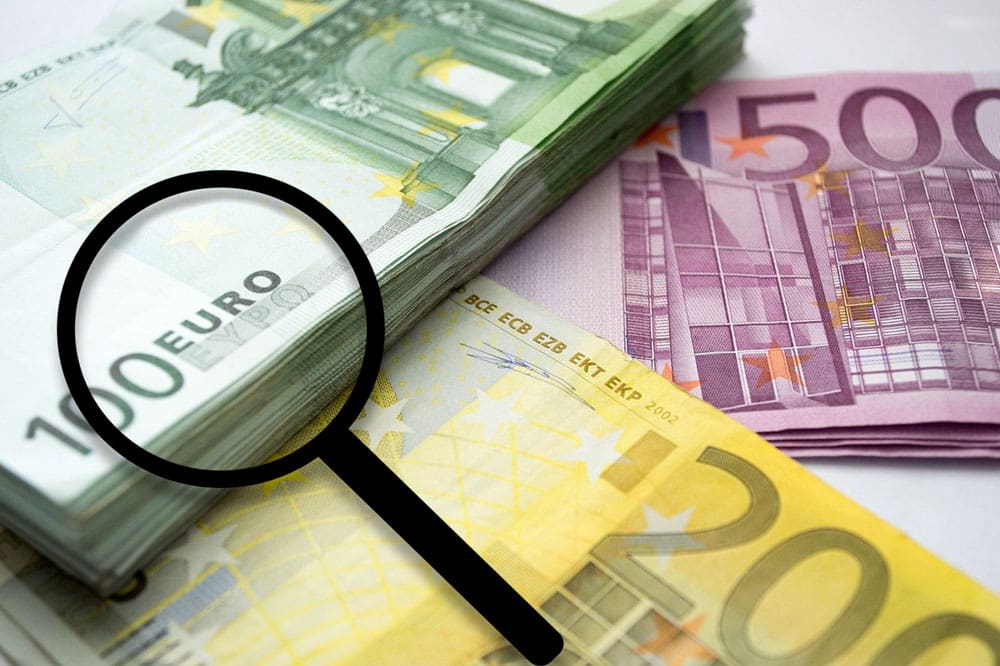
If you want to go further, there are even separate mobile applications that can help check the banknote. However, they are far from being the most reliable option. It is better to apply 2-3 methods to check the banknote to determine if it is genuine or not.
Check the Authenticity of Money at Home Without Special Tools
If you do not have special tools at hand, checking the banknote can be simplified. First of all, the banknote should be examined. Hold the banknote up to any light source and pay attention to the watermark. On a genuine banknote, the watermark will be clear and visible on both sides. This is the simplest and quickest test. The same applies to the thread. The security thread embedded in the banknote should run through the entire note and be visible in light.
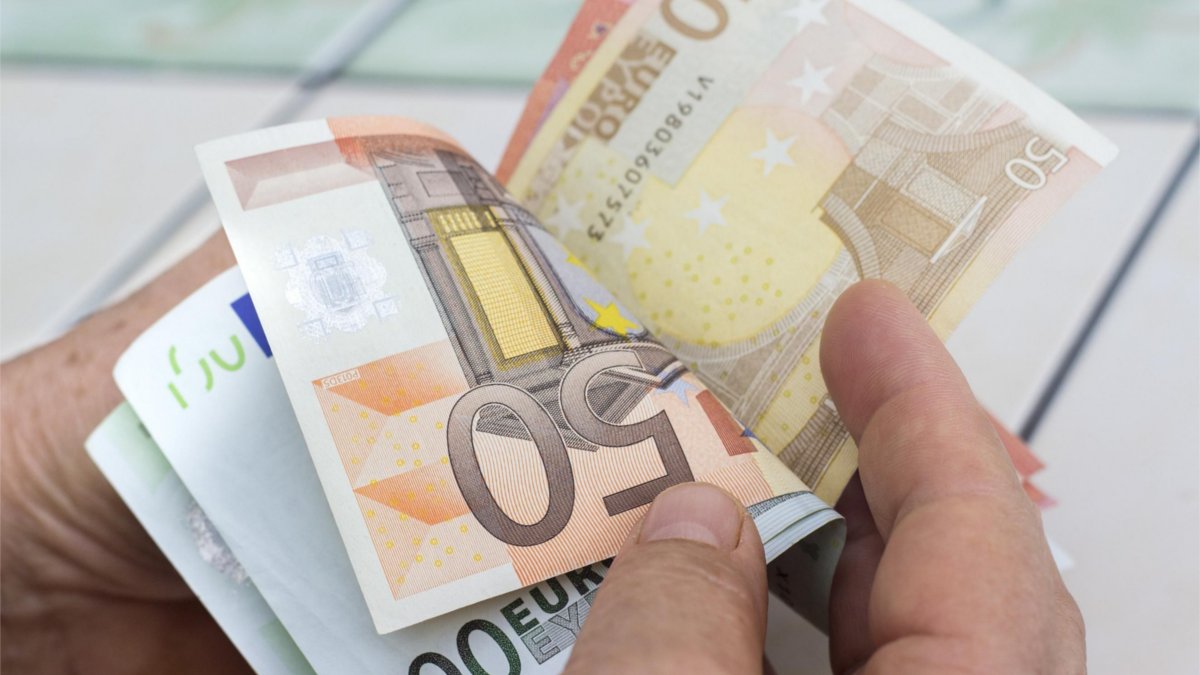
Next, the banknote should be felt. You should be able to sense the relief of all the printed symbols. Also, special paper is used for printing banknotes. You can compare the test banknote with one that is definitely genuine. The paper should feel identical.
Next, tilt the banknote and observe the hologram or shimmering elements. They should change images or colors when tilted, which is difficult to counterfeit. In general, if you have a genuine banknote of the same denomination, compare it with the one that raises suspicions. Pay attention to the color, size, arrangement of elements, and other signs. The slightest differences may indicate a counterfeit.
How Often Are Counterfeit Euros Found?
It is difficult to deny that the euro is a fairly popular currency. And, as is well known, the more popular the currency, the greater the chance of encountering counterfeits.
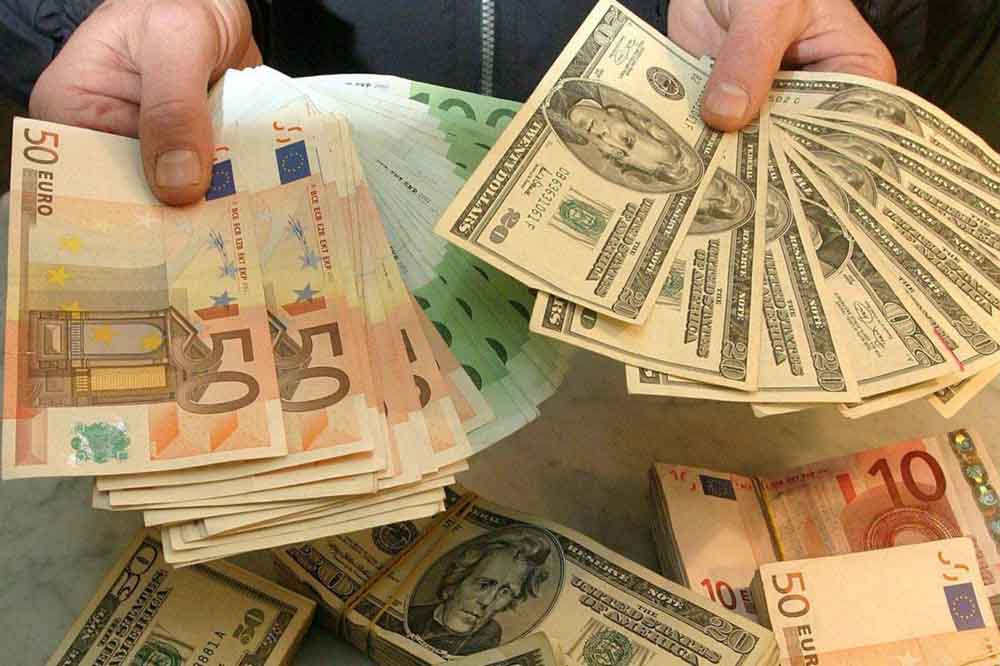
Euro counterfeiting remains a relevant issue, although the level of counterfeiting has significantly declined due to modern banknote security technologies. According to statistics from the European Central Bank (ECB), in 2023, approximately 372,000 counterfeit euro banknotes were identified. This number is actually very low compared to the total number of euro banknotes in circulation, which exceeds 28 billion. There are fewer than 13 counterfeits for every million genuine banknotes.
The most frequently counterfeited denominations are 50 and 20 euros. These banknotes remain the most popular among counterfeiters. They account for over 75% of all seized counterfeit banknotes.
Read also
- What to see in Bukovel: winter, summer and autumn
- What to see in Iceland: in winter, in summer, on a tour
- What is p2p and pay2pay transfer
- Best Adult Films: TOP 5 Films

